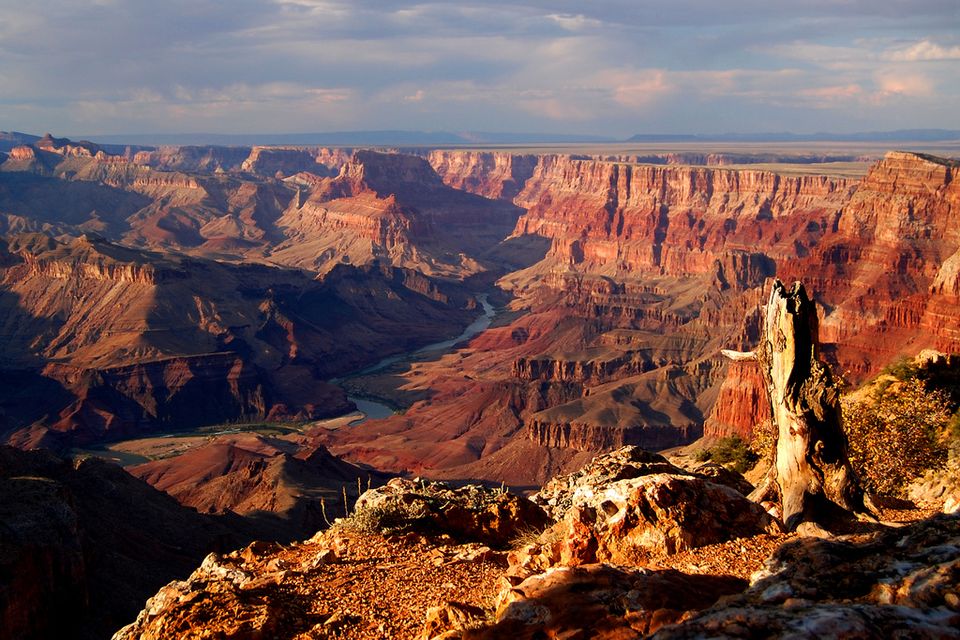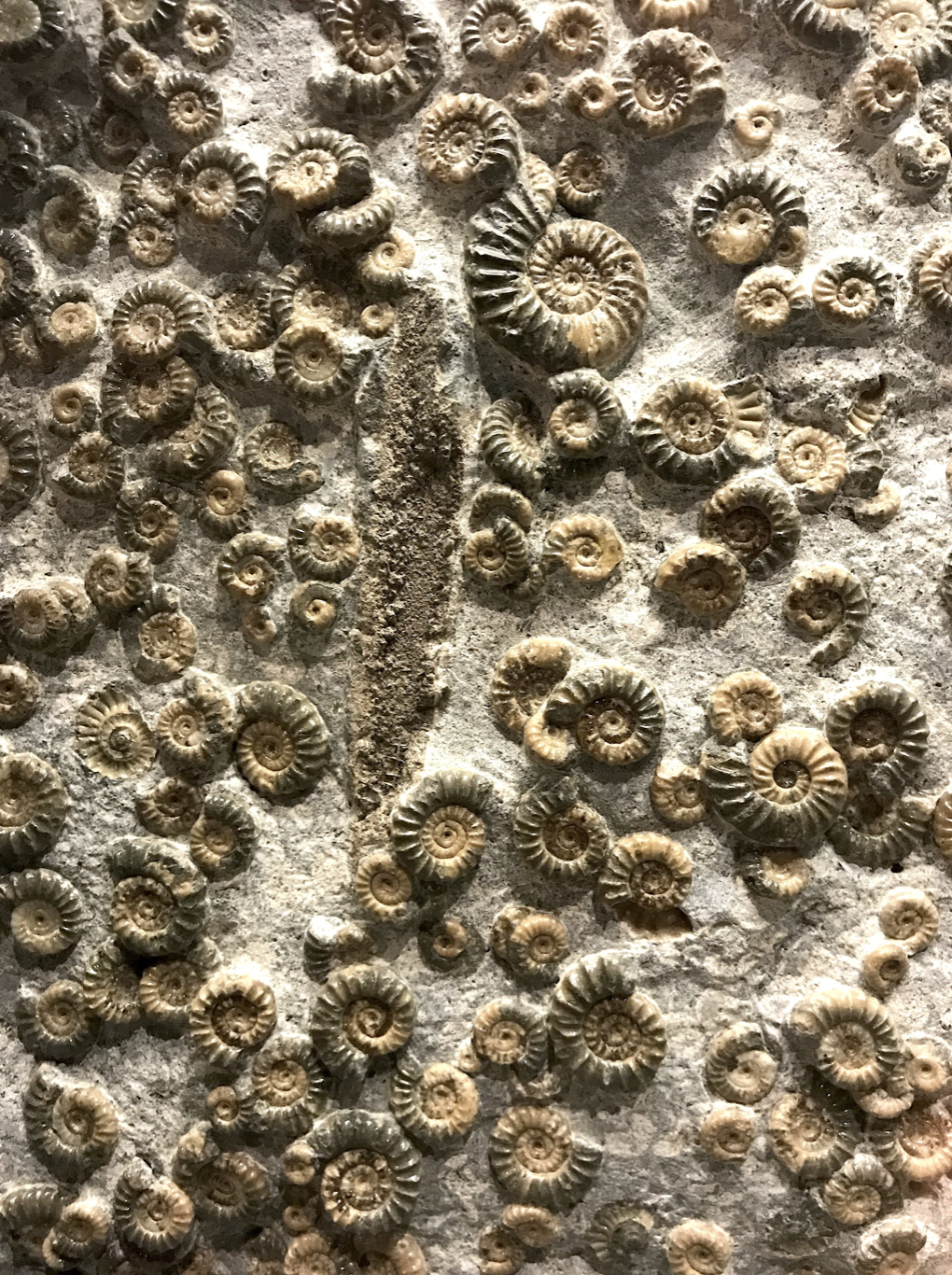Artists often shape culture years before the shape of things is apparent. Even then, only a few might create with vision enough to see generations down the road – a concept foreign to a society that hardly sees past the next news cycle or 140 characters.
The exchange of information isn’t enough for longevity. Data is not the sum total of any human experience and creativity has far more to it than words or codes. To shape culture we must ask: Are we in the business of exchanging information or the creative endeavor of connecting to know – each other, work, the world around us as much as the world within?
While mulling over these questions I stumbled upon a collection of essays by Wendell Berry titled Standing by Words. I found it in one of the few remaining old used book shops in Boulder, Colorado – the kind of place that is made of goat trails through stacks of books lit yellow and smelling of musty paper. In it, Berry wrote nearly thirty years ago (a span of time that seems ancient by today’s micro-measures of time) about this tension between true knowing and informational exchange in an essay titled “People, Land, and Community.” He writes,
People are joined to the land by work. Land, work, people, and community are all comprehended in the idea of culture. These connections cannot be understood or described by information – so many resources to be transformed by so many workers into so many products for so many consumers – because they are not quantitative. We can understand them only after we acknowledge that they should be harmonious – that a culture must be either shapely and saving or shapeless and destructive.
Though Berry’s context is agriculture, this truth speaks also to artistic creativity, to the long view of culture change in the larger arena. If anything, the long view and patience it takes to thrive in an agricultural context are just as necessary to create great art, write outstanding literature, or compose lasting music.
Between the mass information system that is the Internet and the hyper-addiction to efficiency and speed that saturates the American psyche, a long, slow view that takes time to know the people behind words or images, to listen, to breathe, and out of that let creative change flow seems a nostalgic idealism. Even so, if culture is to be shapely (giving form to otherwise chaos) and saving (rehumanizing), it must be made so by listening to those generations that have come before us while taking the time to know – beyond the cerebral – the people, the flesh and blood heartbeats this current culture shapes or destroys.
How this plays out might be as simple as making time, if not years, to listen and hear the people in a community. This seems a concept more easily grasped in the one-stoplight towns of the rural village than the electric-hummed, manic-paced urban arena. Though, I’ve have tasted of this in both settings.
Until recently, I lived in the urban heart of Denver, Colorado – a place where foot travel made more sense than driving, and I saw the same people in my square few miles but hardly knew their names. My next-door neighbor, Pierre, was a 74 year-old retired military man with a meticulous nature. I “wasted” many hours in impromptu conversations on the porch or stopped in the yard on my way to somewhere else. I was often fed a history of the area I never would have read in any archive: stories about why the streets were so narrow, where the trolleys used to run, how there used to be Peregrine Falcons around to stave off pigeons. At one point, he was re-sodding his yard, testing the soil and mineral make-up, sending samples to labs, letting the dirt settle, researching which grass would grow best, using the least amount of water – the whole process took over a year. The long view indeed.
I learned to slow down as I talked with Pierre, learned to appreciate the history and respect the bigger picture that shaped the world I lived in. I came to understand that for all the big city rhetoric that Denver was striving to fit into, it was and is a city, if not a town, of the West – threaded with the ethic of such a culture.
A few months ago, I had a short span of work in the small, rural, truly one-light town of Buena Vista, Colorado. For the few weeks I was there, I worked part-time with a team of men that by all standards were the type of rancher/agriculture type Berry speaks of in his books. As we drove from job site to job site, spending extensive time in the truck talking and sharing stories, I heard about the different people that make up this community, how various decisions or tragedies shaped them and the land they call home. This is a town I frequented often over twenty years, but had never known what makes the community; the stories that explained so much of the atmosphere of such a peculiar town. These stories were not information and data but conversations that came about over hours and days spent together.
As a writer and photographer, I find both settings continue to do more than inform the art I create. I see and hear differently. Character development for a story becomes something grown out of these long spans of moments with people, not a thrown-together entity erected from some matrix of information. “An order of memories preserved consciously in instructions, songs, and stories, and both consciously and unconsciously in ways . . . much as fertility builds in the soil,” says Berry. The pictures I take, even within these communities, have history behind them that affect the way I see a subject, a future work of art.
We crave slower presence. Humans are far too organic to ever live long neglecting to tend the soil. Data and information race past us at ever more galactic speeds, and to shape and save what is to come, we must have cleaner lenses with which to see, quieter ears with which to hear, and a willingness to “waste” plenty of time with those around us old and young.




